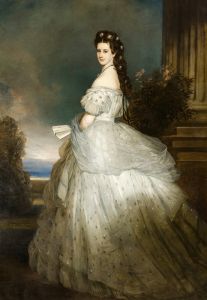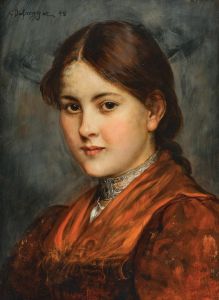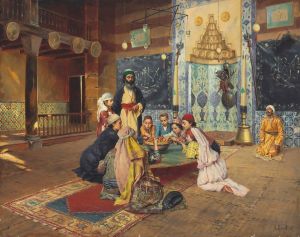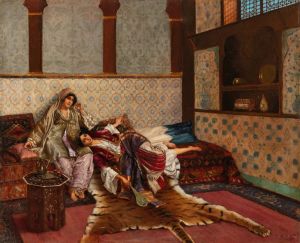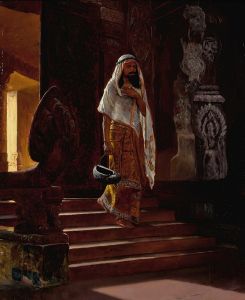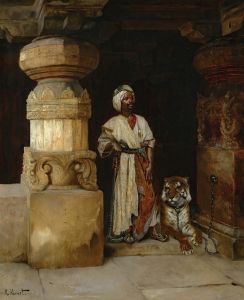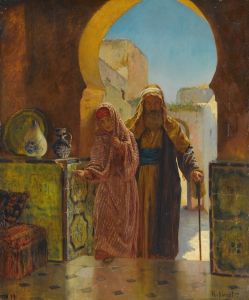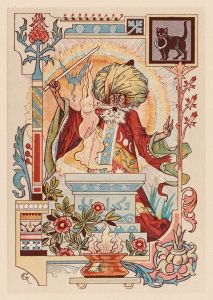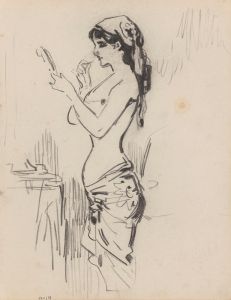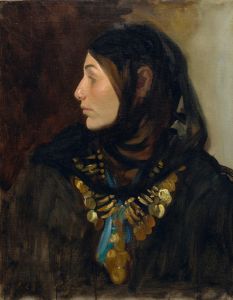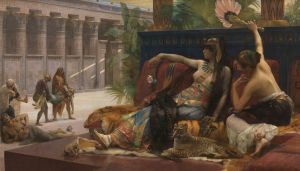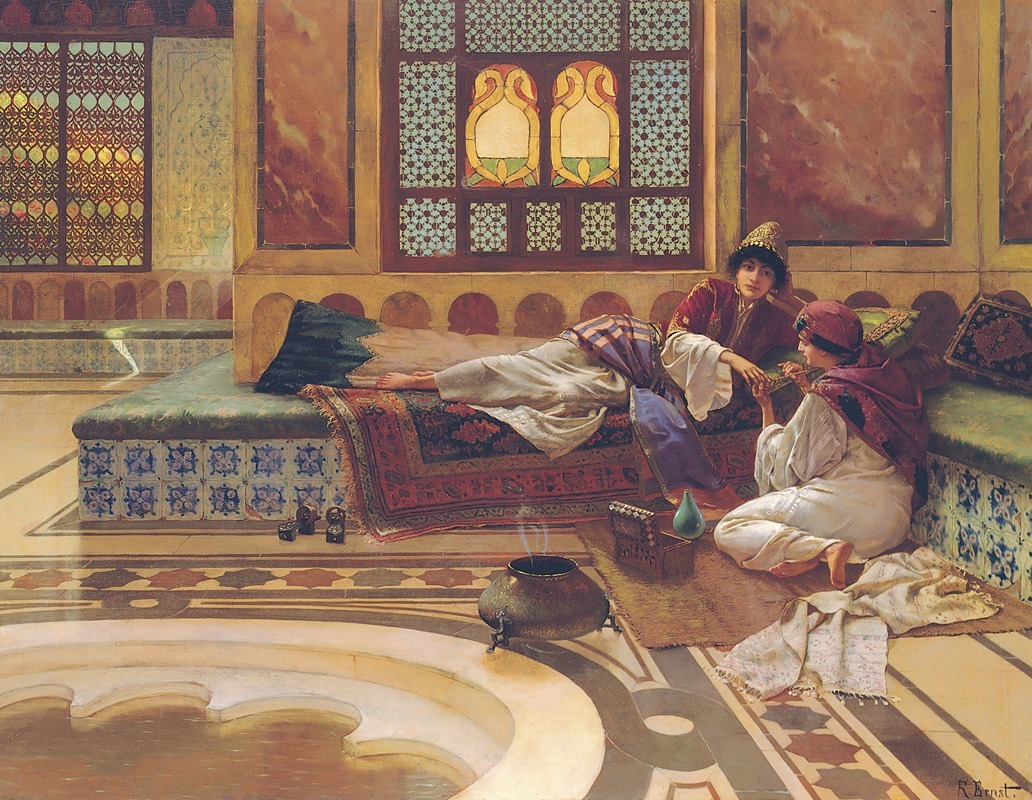
The Manicure
A hand-painted replica of Rudolf Ernst’s masterpiece The Manicure, meticulously crafted by professional artists to capture the true essence of the original. Each piece is created with museum-quality canvas and rare mineral pigments, carefully painted by experienced artists with delicate brushstrokes and rich, layered colors to perfectly recreate the texture of the original artwork. Unlike machine-printed reproductions, this hand-painted version brings the painting to life, infused with the artist’s emotions and skill in every stroke. Whether for personal collection or home decoration, it instantly elevates the artistic atmosphere of any space.
Rudolf Ernst (1854–1932) was an Austrian painter known for his Orientalist works, which often depicted scenes inspired by the cultures and architecture of the Middle East, North Africa, and the Ottoman Empire. One of his notable paintings, The Manicure, exemplifies his fascination with intricate details, vibrant colors, and the romanticized portrayal of daily life in exotic settings.
The Manicure portrays an intimate scene in which a woman is receiving a manicure, attended by another figure. The setting is richly decorated, featuring ornate patterns, textiles, and architectural elements that reflect Ernst's meticulous attention to detail and his ability to evoke the atmosphere of an imagined Eastern interior. The composition is carefully balanced, with the figures positioned in a way that draws the viewer's eye to the central action of the manicure. The painting demonstrates Ernst's mastery of texture, as seen in the luxurious fabrics, polished surfaces, and the delicate rendering of the figures' skin.
Ernst's work was heavily influenced by his travels and his exposure to Orientalist themes, which were popular in 19th-century European art. Orientalism, as a genre, often romanticized and idealized the cultures it depicted, blending elements from various regions into a single, cohesive aesthetic. While Ernst's paintings, including The Manicure, are celebrated for their technical skill and visual appeal, they are also products of their time, reflecting the Western fascination with and misconceptions about the "exotic" East.
The exact date of The Manicure is not documented, but it is consistent with Ernst's mature style, which he developed during the late 19th and early 20th centuries. The painting is part of a broader body of work that includes similar depictions of domestic and leisure scenes, often featuring women in opulent settings. These works were highly sought after by collectors during Ernst's lifetime and remain valuable examples of Orientalist art today.
As with many Orientalist works, The Manicure should be viewed within its historical context, recognizing both its artistic achievements and the cultural attitudes it reflects. Ernst's ability to create visually stunning and immersive scenes has secured his place as a prominent figure in the Orientalist movement, and The Manicure continues to be appreciated for its craftsmanship and aesthetic qualities.





